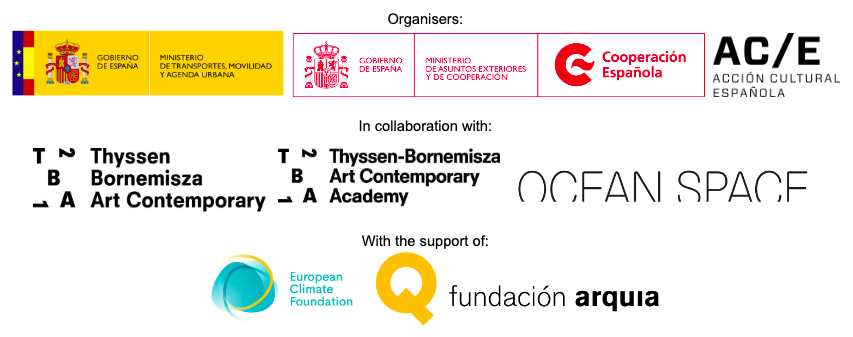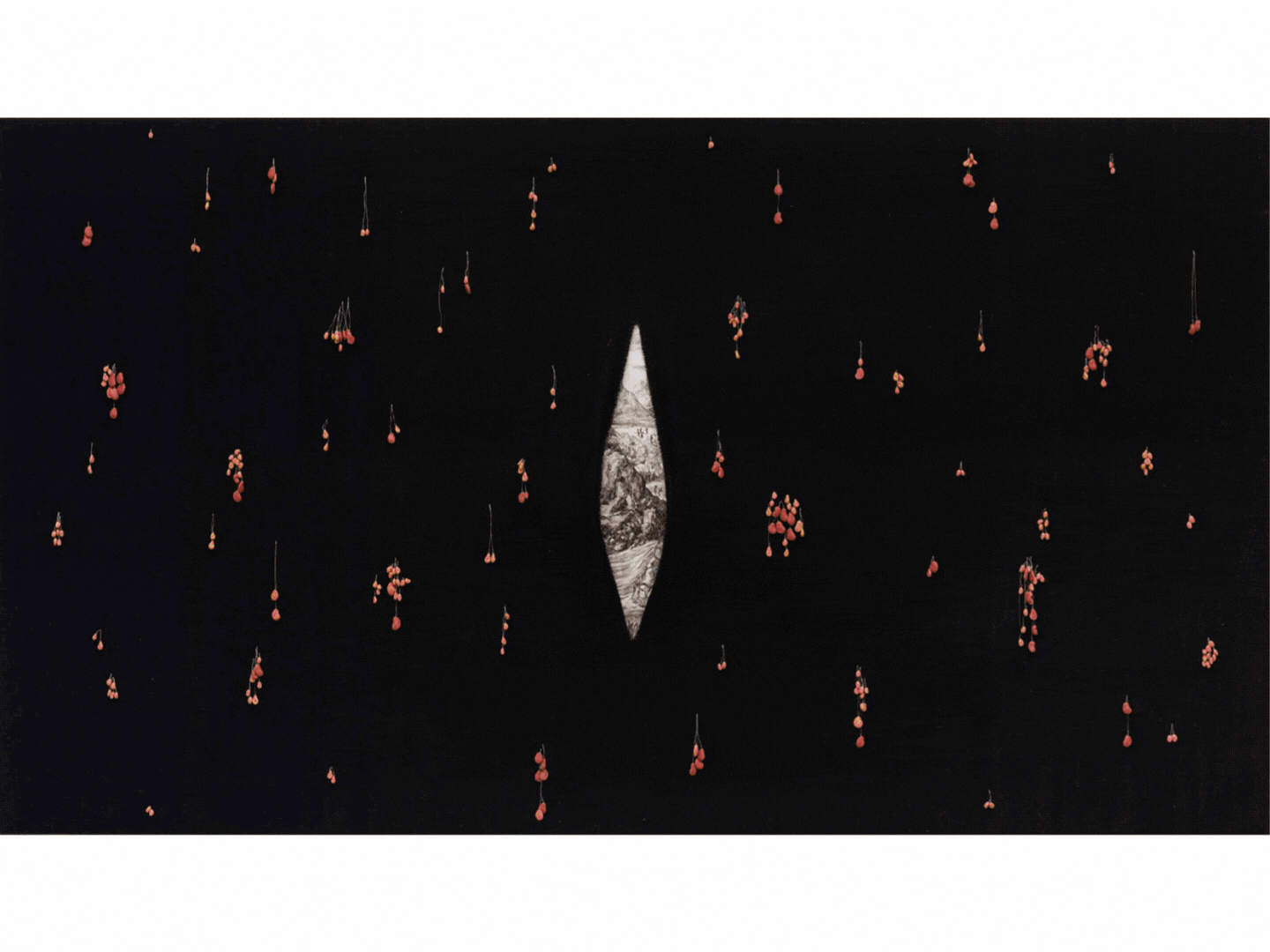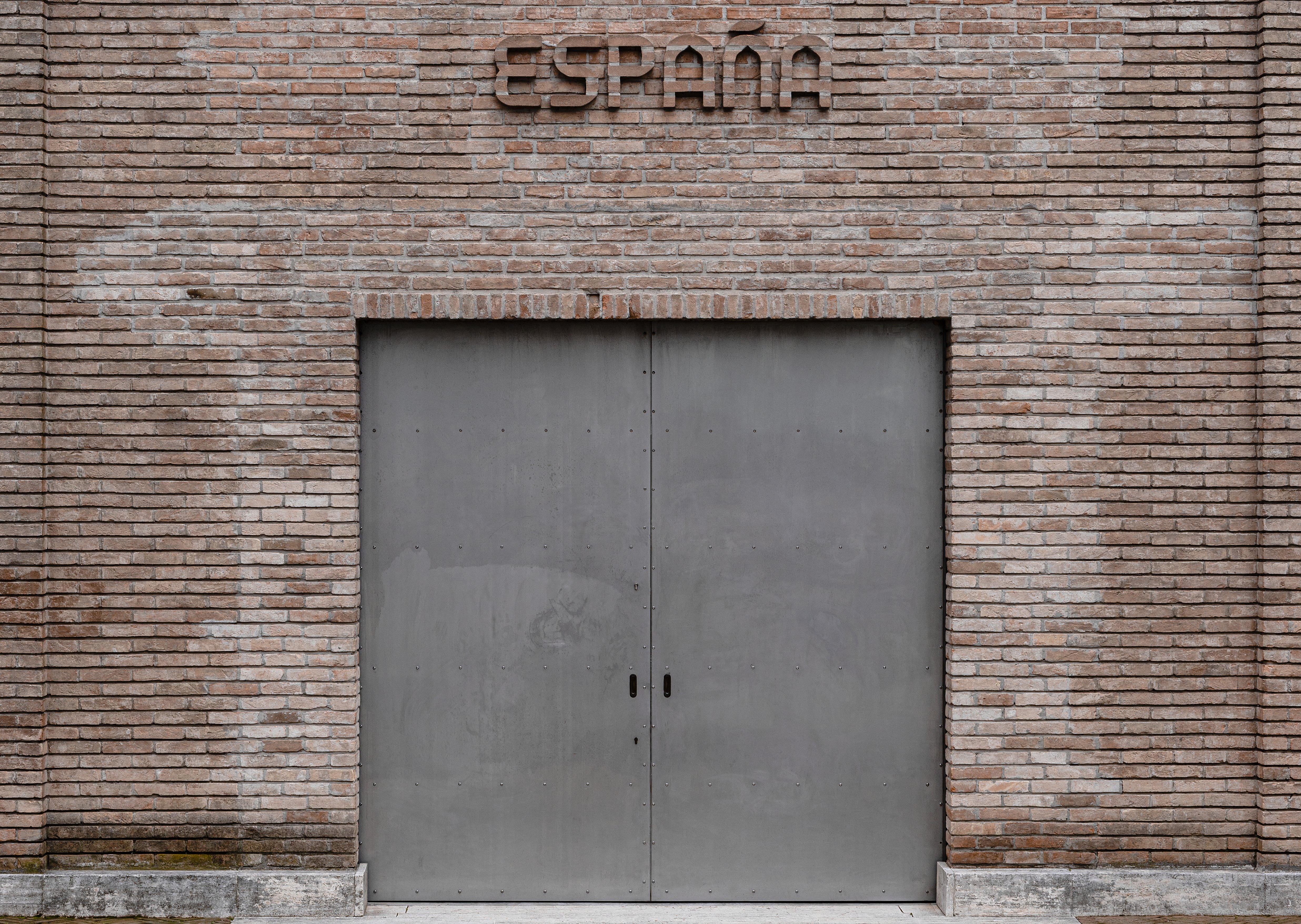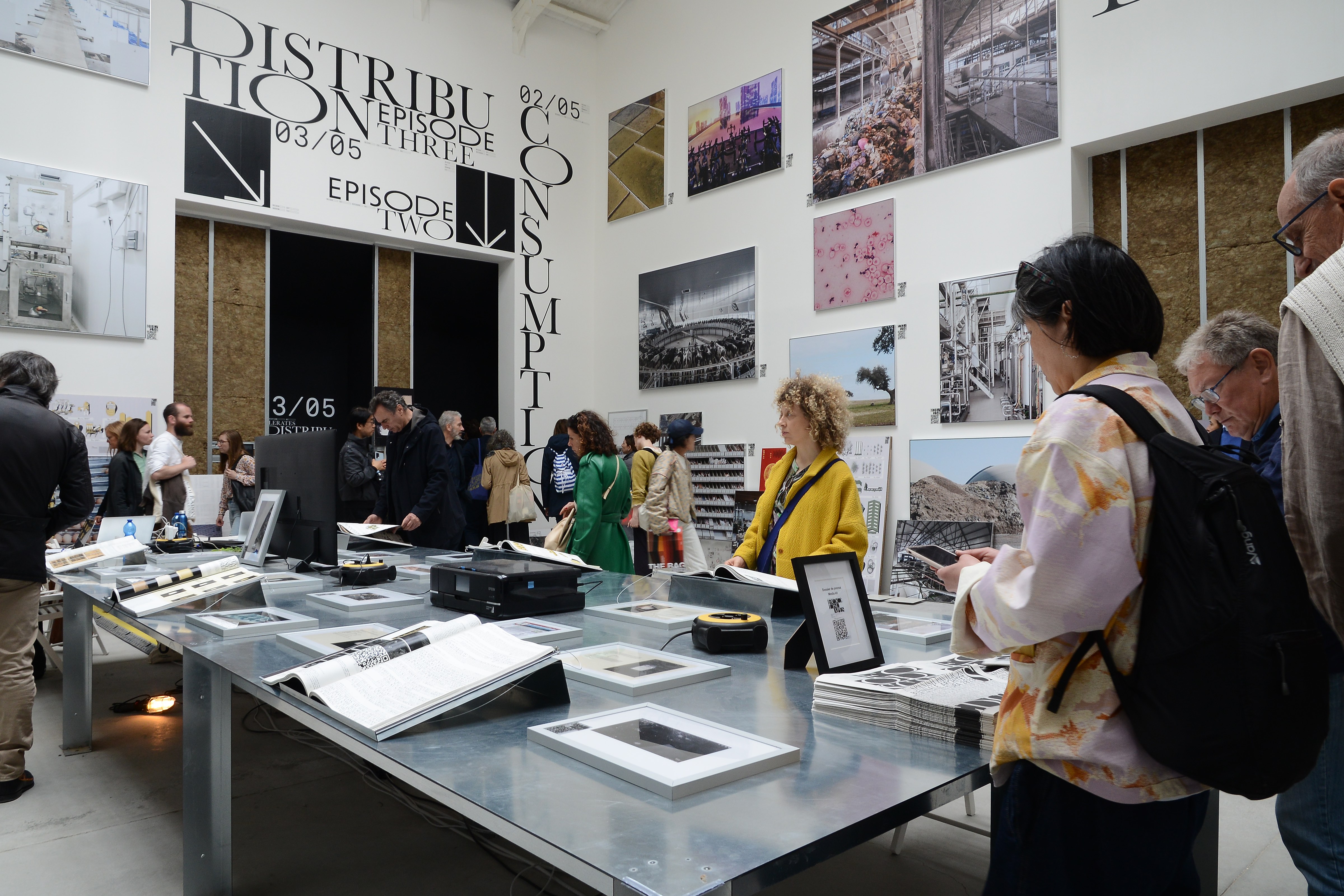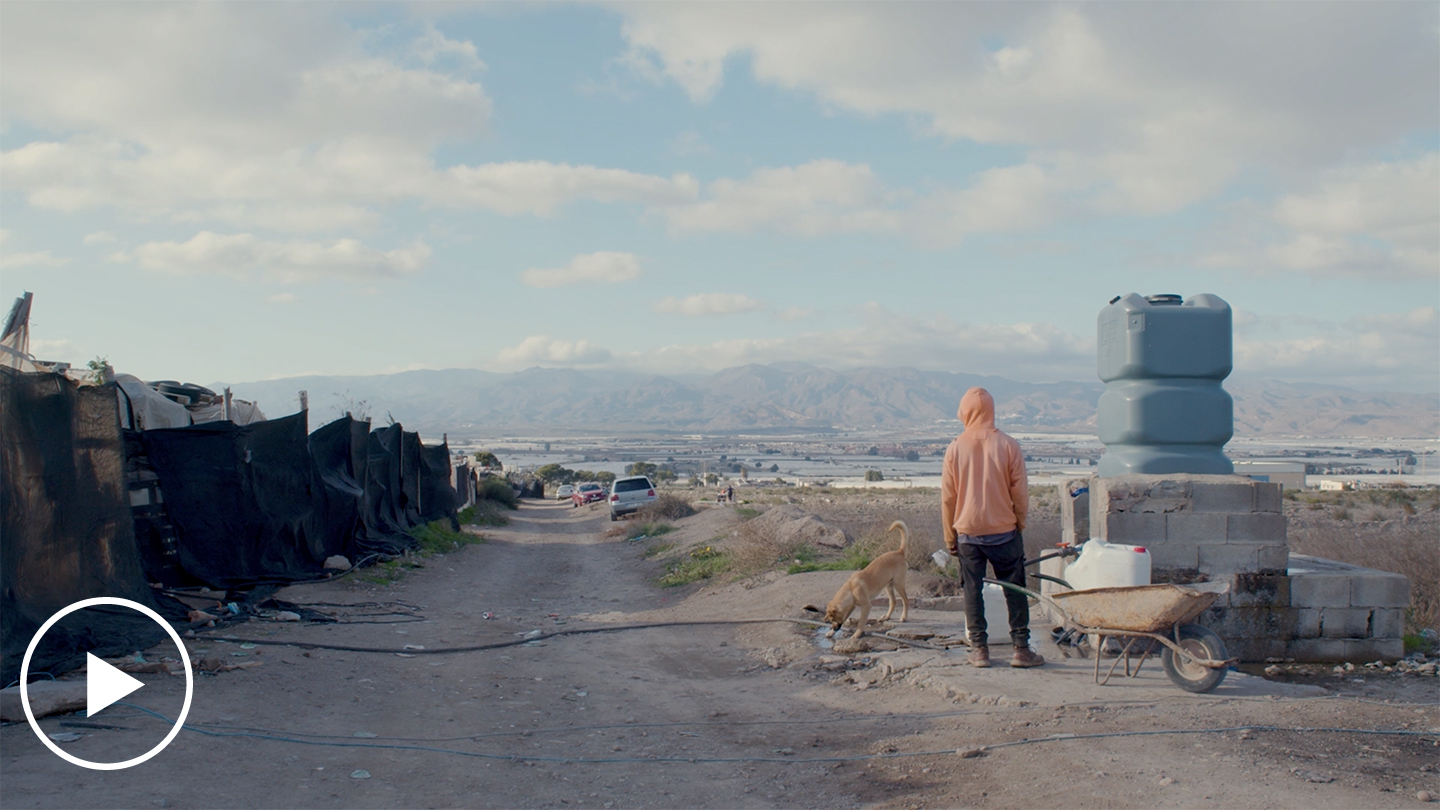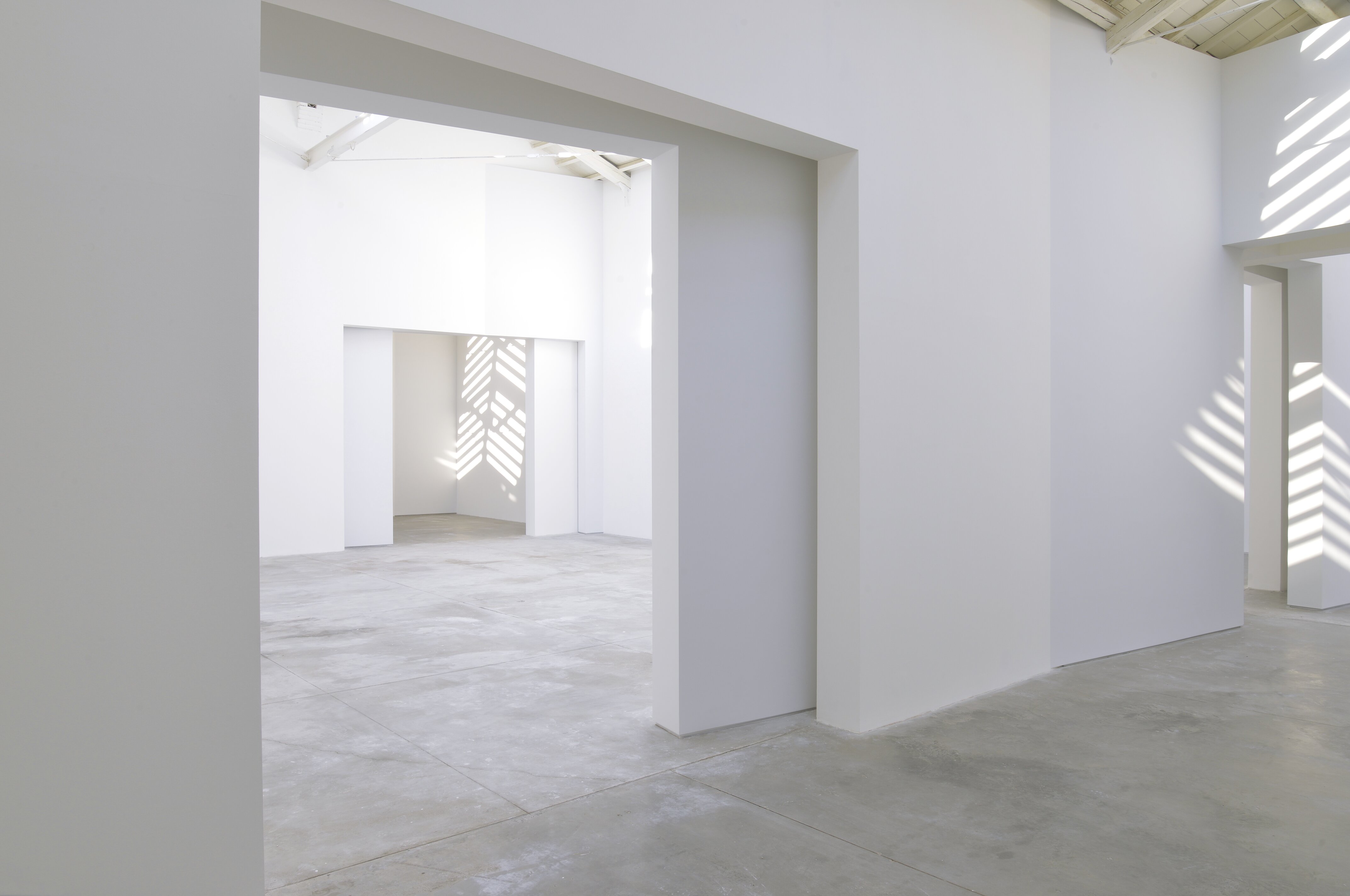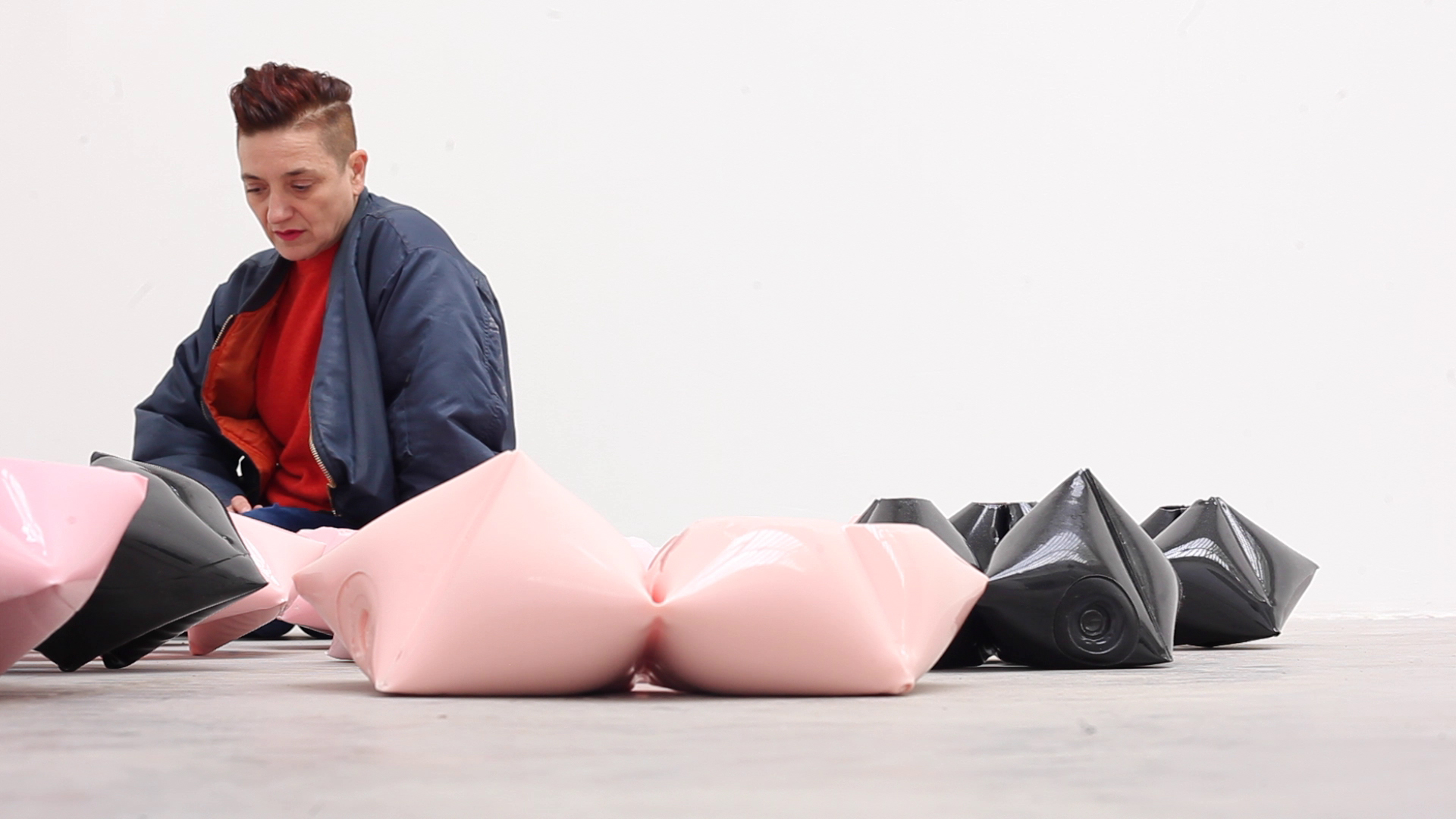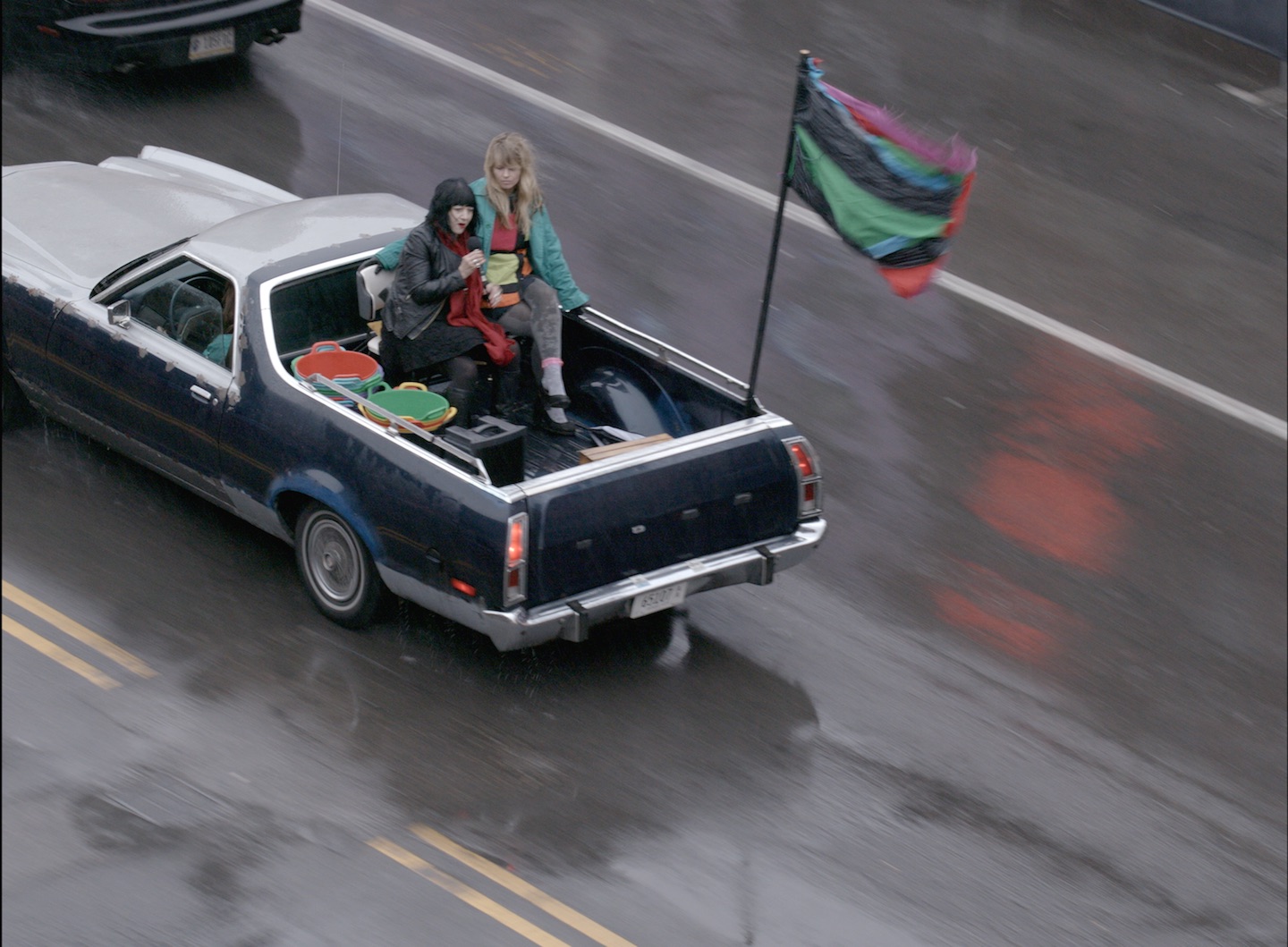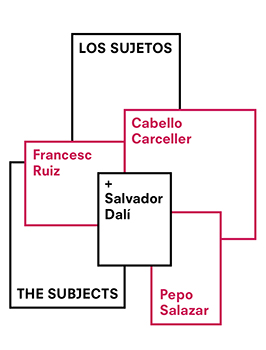“By eating, we digest territories”
May 20–November 26, 2023
Venice
Italy
View the video trailer here.
“Every time we eat, without being aware of it, we connect our palate to a plethora of remote sites: supermarkets, greenhouses, farms, warehouses, logistics networks, cold chains, wastelands… Beyond their individual roles in the agri-food system, together these form a vast, distributed apparatus that enables the reassembly of the Earth's crust into the building blocks of human life. A metabolic architecture that allows us, with every bite, to maintain the integrity of our corporeal composition.”
Curated by Eduardo Castillo-Vinuesa and Manuel Ocaña, FOODSCAPES brings together more than two dozen architects, architectural studios, filmmakers and researchers to critically examine the agro-architectural context of Spain—Europe's food engine—to survey the present landscape of our food systems and its systemic, political and ecological implications.
Spain plays a strategic role as a laboratory for a more sustainable future agrifood model, both because of the variety of its production and because of the country’s exposure to the climate crisis.
A research-based proposal, FOODSCAPES is composed of three main parts: an audiovisual project of five short films; an archive in the form of a recipe book; and a public programme of collaborative research.
Part 1: The short films—the food system as an architecture
If the agri-food system is an architecture, then what is its anatomy? The main course of foodscapes is an audiovisual feast of five short films, each delving into a distinct layer of the agrologistic process: FOUNDATION, PRODUCTION, DISTRIBUTION, CONSUMPTION and DIGESTION. Crafted by interdisciplinary teams of architects and filmmakers, these episodes are insightful explorations into the systemic, political and ecological implications of the architectures behind our meals.
Episode one / Digestion—Ca.Ca. (Cannibal Carnival)
Elii (Uriel Fogué, Carlos Palacios, Eva Gil) + María Jerez
When we eat, we are not the only ones involved in the process of digestion. The UN estimates that around 17% of the food we produce ends up in the bin. Here, alongside the by-products of our own digestive processes, our leftovers begin an invisible journey, wending their way through the underground bowels of our cities. It is in these hidden places that the contracts between urban spaces and the ecologies that sustain them are established. This episode delves into the invisible journey taken by our food when we discard it as waste. We will explore the intricate, often hidden infrastructures that manage and metabolise these materials, revealing the complex entanglements of urban and ecological systems underpinning our daily lives.
Episode two / Consumption—Chop, Chop, Chop
MAIO (María Charneco, Alfredo Lérida, Guillermo López, Anna Puigjaner) + Agnes Essonti Luque
Our kitchens are battlefields. Far more than a space for cooking and preparing meals, they are sites of profound political significance where our social realities are constructed. Here, we witness the normalisation of gender roles, domestic labour, family structures, and even architectural typologies. Yet, if we are to rethink these domestic laboratories, we can unlock their potential as tools for constructing alternative imaginaries and forging new models of community building and collectivity. This chapter delves into the power of the kitchen as a site for political and social transformation and how their redefinition can challenge established norms and hierarchies, creating more just and equitable social and ecological structures in the process.
Episode three / Distribution—Cold Route
Gerard Ortín Castellví + Pol Esteve Castelló
How many kilometres does our food travel before it reaches our plates? Despite our vain efforts to become locavores, our food systems remain firmly rooted in a globalised paradigm. Every day, the intricate logistic architecture that forms this distributed conveyor belt dispatches billions of calories, connecting our palates to a plethora of remote sites and topics such as the automated landscapes of our shipping ports and the precarious labour supporting delivery platforms in the gig economy. This episode examines the relationship between food and movement and its complex interplay with various infrastructural, economic, and technological forces. It delves into aspects ranging from the climate-controlled network of cold chains to the aesthetic regimes that imprint food with motion, which ultimately sparks the irresistible desire that brings it to our tables.
Episode four / Production—Biological Agent
Marina Otero Verzier + Manuel Correa
Although our cities occupy only a tiny fraction of the Earth's crust, the operational landscapes required to sustain them sprawl across vast expanses of land. In Spain for instance, more than 23 million hectares—nearly half of the country’s surface area—is used for this purpose. This chapter turns the spotlight on the agricultural landscapes that feed our cities, and the architectures and dynamics that enable them to function. Within these productive geographies, a complex interplay of bodies—territorial, human, animal, and machinic—occurs, each body playing its part in a multifaceted, interscalar dance. It is against this backdrop that land colonisation converges with urgent issues, such as animal instrumentalisation and the exploitation of migrant labour.
Episode five / Foundation—Strata Incognita
GRANDEZA STUDIO (Amaia Sánchez-Velasco, Jorge Valiente Oriol) + LOCUMENT (Romea Muryń, Francisco Lobo)
As diverse as any rainforest or coral reef, we depend on the soil for 99% of our food. Yet, despite its importance, its mechanisms remain largely mysterious and poorly understood. The final episode focuses on soil as the primordial infrastructure underpinning both agriculture and architecture. The soil beneath our feet constitutes the very foundation of our food systems; a complex ecology of microscopic processes and assemblings that mediates the chemical transformation of the geosphere into the biosphere, and to which we owe the richness and diversity of our pantries. The microscopic narratives emerging in this veiled realm are macroscopic in scale and scope, and studying them may be the key to achieving a more resilient, more distributed, more diverse, and more sustainable food system than we have ever known.
Part 2: The total recipes—10 case studies exploring the agri-food system end to end
Whereas the short films offer an in-depth taxonomy of the constitutive layers of the food system, the total recipes are case studies of how different dishes cut across the five layers, providing a cross-section of how the entire system works. Unlike traditional recipes, which only cover the mixing protocols of the ingredients readily available in our kitchens, these TOTAL RECIPES go further to encompass the long infrastructural chain that is necessary for their elaboration.
Produced by an eclectic group of architecture firms, and illustrated by photographer Pedro Pegenaute, each recipe presents a “typical” Spanish dish as a catalyst from which to explore, trace, and document the architectures and territories that make that dish possible. The recipe makers include Urbanitree (Daniel Ibañez, Vicente Guallart and Manuel Bouzas); Lucia Jalón Oyarzun; S&AA (Federico Soriano and Dolores Palacios); Aldayjover (Iñaki Alday, Margarita Jover, Jesús Arcos and Francisco Mesonero); Common Accounts (Igor Bragado and Miles Gertler); Institute For Postnatural Studies (Gabriel Alonso, Pablo Ferreira Navone, Yuri Tuma, Matteo Guarnaccia, Karol Poliwka and Clara Benito); Gfa2 (Guillermo Fernández-abascal) and Fake Industries (Urtzi Grau); Ivan L. Munuera and Pablo Saiz Del Río and Vivian Rotie; Lucia Tahan; and C+ Arquitectas (Nerea Calvillo, María Buey González and Manuel Alba Montes).
The recipes range from Ghost Tortilla, which delves into the geek economy and the digital infrastructure needed to satiate our late-night cravings, to protein shakes, which highlight the operational landscapes required to cope with the aesthetic standards imposed by social media influencers. In these foodscapes, food intersects with a myriad of topics such as soil exhaustion, non-human intelligence, self-design geo-engineering, neuro-marketing, pharmaceutical bio-politics, waste circularity, animal rights and gender semiotics, among others.
Part 3: The research platform
While the short films and various recipes examine the current state of our foodscapes, the core of the exhibition is a public programme of collaborative research aimed at envisioning future sustainable models for feeding the world without devouring the planet. The FOODSCAPES research platform is an open call to consider the potential impact of reimagining the food system through an architectural lens. In a world where the molecular becomes tectonic, and every bite we take has global implications, it's more crucial than ever to redesign our food systems with their ecosystemic consequences in mind, while striving towards a more sustainable, equitable, and resilient future.
With a clear goal, FOODSCAPES has formed partnerships with TBA21 Thyssen-Bornemisza Art Contemporary, the European Climate Foundation, and numerous Spanish and Italian universities. The objective is to metamorphose the Pavilion of Spain into a vibrant research platform focused on rethinking the future of our global food systems.
This transformation will be actualised through a weekly public programme of interviews, discussions, round-tables, film screenings, banquets, performances, field trips, and other activities.
These events will be held at the Pavilion and in various locations across the Venice lagoon over the course of the biennale. During this process, FOODSCAPES will bring together over three dozen experts and researchers from around the world to jointly create the FUTURE FOODSCAPES COMPENDIUM, a publicly accessible index of case studies with the potential to beneficially transform our food systems.
The research platform, along with its public activities, will be open to Pavilion visitors, local communities in Venice, and remote participants who wish to contribute to this collaborative endeavour.
FOODSCAPES will be presented in the Pavilion of Spain from May 20 May to November 26, 2023 in the Giardini della Biennale at the 18th International Venice Architecture Biennale, which is entitled “The Laboratory of the Future” and curated by Lesley Lokko.
The Pavilion of Spain is organised by the Government of Spain through the Directorate General for the Urban Agenda and Architecture of the Ministry of Transport, Mobility and Urban Agenda, Acción Cultural Española (AC/E) and the Spanish Agency for International Development Cooperation (AECID), with the support of Fundación Arquia. This edition is in collaboration with TBA21 Thyssen-Bornemisza Art Contemporary and with the support of the European Climate Foundation.
For more information about FOODSCAPES, please contact: Amanda Kelly and Vanessa Saraceno, Pickles PR.
